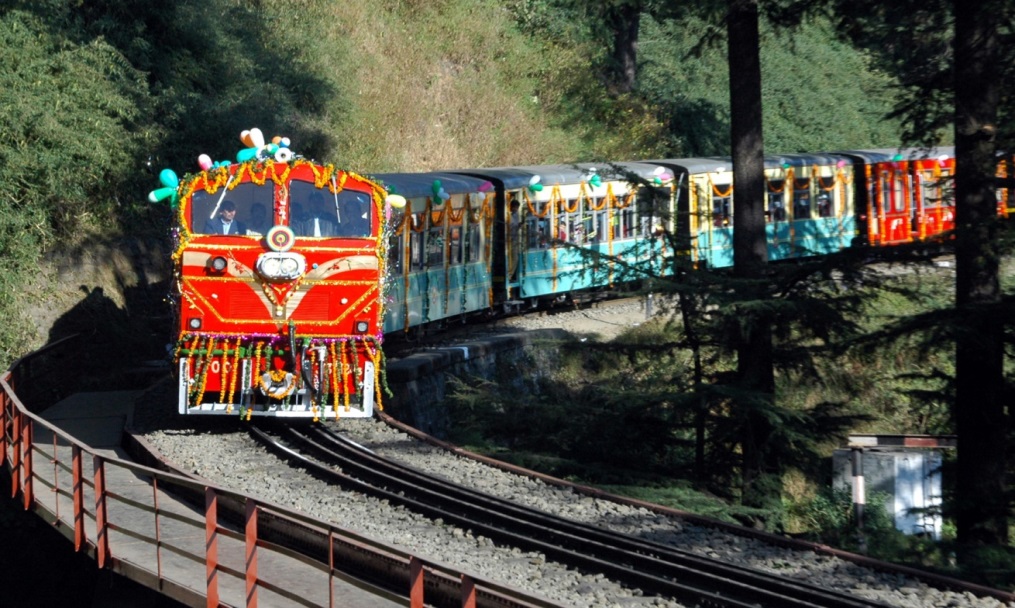Places to Visit
Sight Seeing
- The organizers will provide assistance to visit ‘Taj Mahal’ and sightseeing at nominal rates.
- Delegates can form a group for sightseeing to avail discounts, organizers will provide assistance.
- Free Local guide volunteers (English Speaking) for sightseeing will be provided to the foreign delegates.
Places to See in Delhi-NCR Region
1) Taj Mahal, Agra
The Taj Mahal is considered the finest example of Mughal architecture, an illustration that combines elements from Persian, Indian, and Islamic architectural styles. In 1983, the Taj Mahal became a UNESCO World Heritage Site and was cited as "the jewel of Muslim art in India and one of the universally admired masterpieces of the world's heritage."
The moods of the Taj vary from dawn to dusk. It looks milky white in the soft light that characterizes early morning, while the afternoon sun makes it glisten bright and dazzling in the overhead sunlight, almost looking like a jewel against the opaque blue of the skyline and then comes a moonlit Taj breaking into the night sky, majestic and simply beautiful in a sense that can’t be put into words. No wonder it’s amongst the World’s seven wonders.
It is situated at a distance nearly 210Km. from Noida (Amity University) and can be reached to the site in 2 hours and 15 minutes by road.
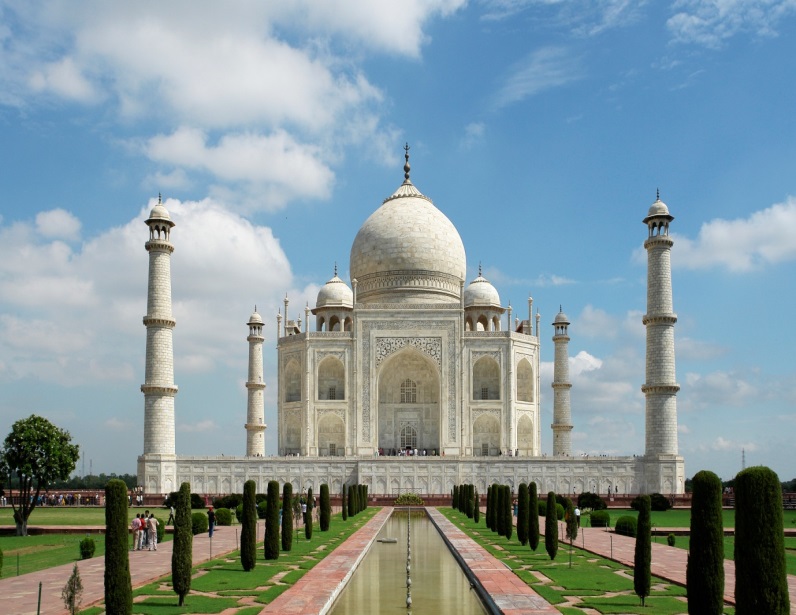 2) Qutab Minar, Delhi
2) Qutab Minar, Delhi
Qutab Minar, is the tallest minaret in India, originally an ancient Islamic Monument and is a UNESCO World Heritage Site. It is surrounded by several other ancient and medieval structures and ruins, collectively known as Qutub Complex. The Qutub Complex houses several attractions within its premises. One of them is The Iron Pillar. The base of the iron pillar is tied to its foundations by small pieces of iron. It rises to a height of 7.20 m, with 93 cm buried below the floor level. It is a wonder that iron has not rusted despite the sixteen centuries that have passed since its existence. The pillar is an excellent example of advanced metallurgy of those times and is a marvel in itself. The metal of the pillar is identified to be almost pure malleable iron.
An easy visit to this site (Qutub Minar, Mehrauli, New Delhi) from Noida is possible through road (27.0 Km, 40 mins) and a comfortable journey can be made from Botanical Garden Metro Station (nearest to Amity University) - Rajeev Chowk Metro station – Qutab Minar Metro Station.
 3) Red Fort, Delhi
3) Red Fort, Delhi
Red Fort derives its name from the extensive use of red sandstone on the massive walls that surrounds the fort. The Red sandstone walls of the massive Red Fort (Lal Qila) rise 33-m above the clamor of Old Delhi. The walls, built in 1638, were designed to keep out invaders, now they mainly keep out the noise and confusion of the city. The vaulted arcade of Chatta Chowk, a street selling tourist trinkets, leads into the huge fort compound. Inside is a veritable treasure trove of buildings, including the Drum House, the Hall of Public Audiences, the white marble Hall of Private Audiences, the Pearl Mosque, Royal Baths Palace of Color. The fort lies along the Yamuna River, which fed the moats that surround most of the walls.
It is around 17 Km from Noida, and can be reach by road (approx. 30 mins) and by Metro rail from Botanical Garden Metro Station (nearest to Amity University) to Chadni Chowk Metro station.
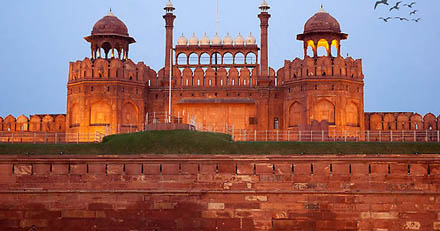 4) Akshardham Temple
4) Akshardham Temple
A traditional temple dedicated to Lord Swaminarayan that reflects the beauty and spirituality of India’s ancient art, culture, and architecture. The main monument, at the center of the complex, is 141-foot (43 m) high, 316-foot (96 m) wide, and 370-foot (110 m) long and is covered top to bottom with carved details of flora, fauna, dancers, musicians, and deities. The temple, at the center of the complex, was built according to the Vastu Shastra and Pancharatra Shastra. In addition to the large central temple crafted entirely of stone, the complex features exhibitions on incidents from the life of Swaminarayan and the history of India.
It is around 10 Km away from Amity University and can be reached here by road and by Metro rail from Botanical Garden Metro Station (nearest to Amity University) to Akshardham Metro station.
 5) Humayun Tomb
5) Humayun Tomb
This magnificent garden tomb is the first substantial example of Mughal architecture in India. It was built in 1565 A.D. nine years after the death of Humayun, by his senior widow Bega Begam. Inside the walled enclosure the most notable features are the garden squares (chaharbagh) with pathways water channels, centrally located well proportional mausoleum topped by double dome.
It is around 13 Km from Amity University and can reach by road and by Metro rail from Botanical Garden Metro Station (nearest to Amity University) to Pragati Maidan Metro station (nearest to Humayun’s Tomb).
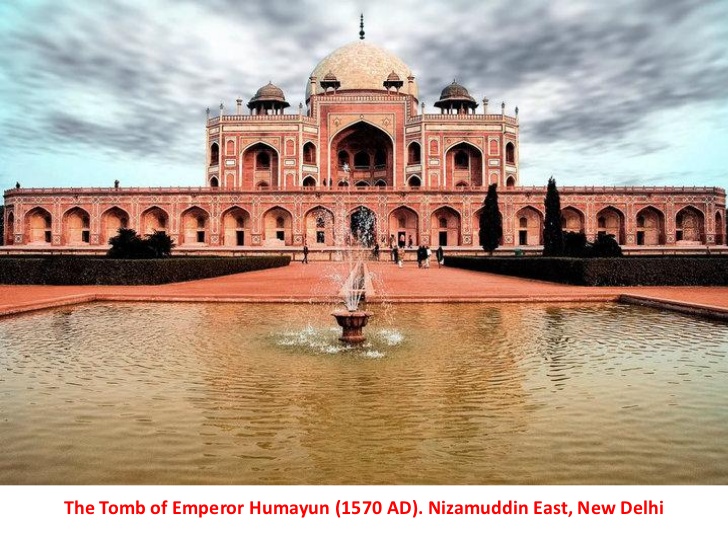 6) The Lotus Temple, Delhi
6) The Lotus Temple, Delhi
This temple is built in the shape of a lotus flower and is the last of seven Major Bahai's temples built around the world. Completed in1986 it is set among the lush green landscaped gardens. The structure is made up of pure white marble. Architect Furiburz Sabha chose the lotus as the symbol common to Hinduism, Buddhism, Jainism and Islam. Adherents of any faith are free to visit the temple and pray or meditate.
Around the blooming petals there are nine pools of water, which light up, in natural light. It looks spectacular at dusk when it is flood lit.
It is at a distance of 15 Km from Amity University and the sight can be access by traveling through road and the nearest metro station to Lotus Temple is Nehru Place metro station.
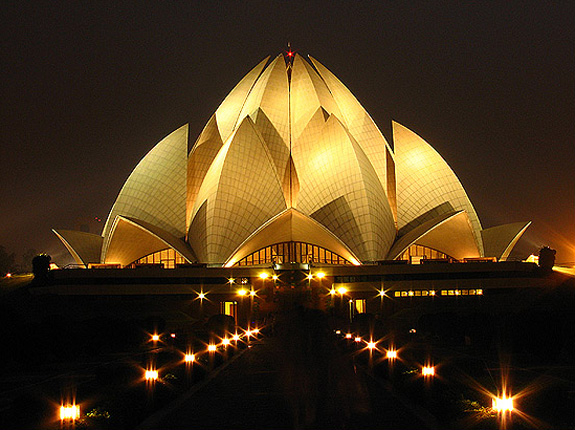 7) India Gate, New Delhi
7) India Gate, New Delhi
At the center of New Delhi stands the 42 m high India Gate, an Arc-de-Triomphe like archway in the middle of a crossroad. Almost similar to its French counterpart, it commemorates the 70,000 Indian soldiers who lost their lives fighting for the British Army during the World War I. The memorial bears the names of more than 13,516 British and Indian soldiers killed in the Northwestern Frontier in the Afghan war of 1919. Another memorial, Amar Jawan Jyoti, the eternal flame burns day and night under the arch to remind the nation of soldiers who laid down their lives in the Indo-Pakistan War of December 1971. During nightfall, India Gate is dramatically floodlit while the fountains nearby make a lovely display with coloured lights.
It is around 17 Km from Noida, and can be reach by road (approx. 30 mins) and by Metro rail from Botanical Garden Metro Station (nearest to Amity University) to Central Secretariat Metro station.
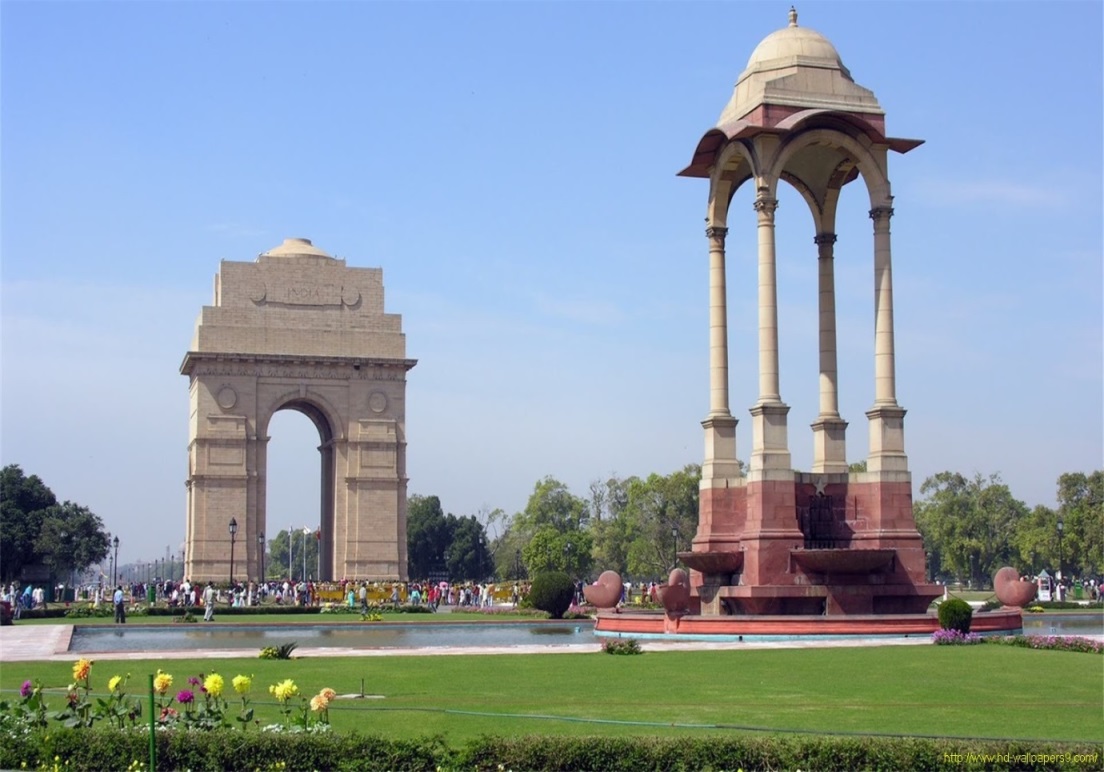 8) Jantar Mantar, Delhi
8) Jantar Mantar, Delhi
Jantar Mantar (Yantra - instruments, mantra - formulae) was constructed in 1724. Maharaja Jai Singh of Jaipur who built this observatory went on to build other observatories in Ujjain, Varanasi and Mathura. Jai Singh had found the existing astronomical instruments too small to take correct measurements and so he built these larger and more accurate instruments.
The instruments at Jantar Mantar are fascinating for their ingenuity, but accurate observations can no longer be made from here because of the tall buildings around.
It is around 17 Km from Amity University and can reach by road and by Metro rail from Botanical Garden Metro Station (nearest to Amity University) to Patel Chowk Metro station.
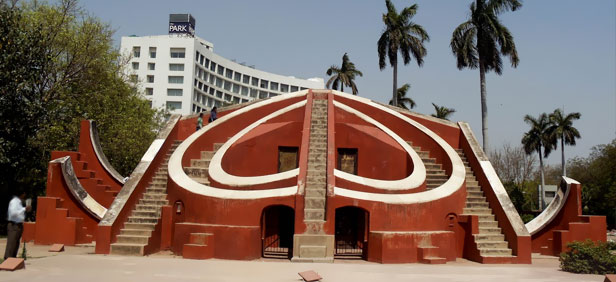 9) Purana Qila, Delhi
9) Purana Qila, Delhi
Purana Qila (Old Fort), is the oldest fort among all forts in Delhi and, the oldest known structure of any type in Delhi. Purana Qila, situated on the banks of Yamuna, was constructed by the Pandavas as Indraprastha 5000 years ago, during the period of the Indus valley Civilization. Archaeological Survey of India (ASI) carried out excavations at Purana Qila and its findings and artifacts are exhibited at the Archaeological Museum, Purana Qila. This includes Painted Grey Ware, dating 1000 BC, and various objects and pottery signifying continuous habitation Mauryan to Sunga, Kushana, Gupta, Rajput, Delhi Sultanate and Mughal periods.
It is at a distance of 15 Km from Amity University and the sight can be access by traveling through road and the nearest metro station to Purana Qila is Pragati Maidan metro station.
 10) Kalka-Shimla Toy Train
10) Kalka-Shimla Toy Train
Taking a trip on the historic UNESCO World Heritage Kalka-Shimla toy train is like traveling back in time. The railway, built by the British in 1903 to provide access to their summer capital of Shimla, provides one of the most scenic train journeys in India. It enlivens passengers as it gradually winds its way steeply upwards along the narrow track, though mystical mountains and pine forests. Kalka and Shimla are located just north of Chandigarh, in India's mountainous northern state of Himachal Pradesh. The captivating train route connects both places. It runs for 96 kilometers (60 miles) though 20 railway stations, 102 tunnels, 800 bridges, and an incredible 900 curves. The longest tunnel, which stretches for more than a kilometer, is near the main railway station at Barog. The most spectacular scenery occurs from Barog to Shimla. The train's speed is greatly restricted by the steep gradient that it has to climb, but this allows for plenty of fascinating sightseeing along the way.
